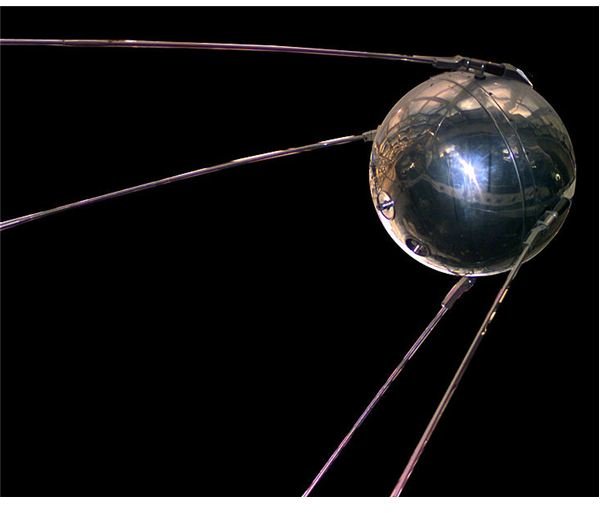What Was the First Artificial Satellite to Orbit Earth? - The Origin and Development of Sputnik 1
Origin of the Sputnik Program
The initiative to launch the first artificial satellite into earth’s orbit was stimulated by the developing need for communication outside of earth orbit. In the early 1950s, as both the Soviet Union and the United States endeavored to develop rocketry for the space program, launching an artificial satellite became a primary mission. Specifically, in May 1954, the head of the Soviet space program, Sergei Korolev, met with the Soviet Minister of Defense Industries, Dmitry Ustinov, with a plan to launch an artificial satellite into orbit. This was also prompted by the announcement by U.S. President Dwight Eisenhower on July 29, 1955, that his country would launch a satellite into orbit between 1957 and 1958.
Development in the Soviet Union
It wasn’t until early August 1955 that the Politburo, the governing body of the Communist Party in the Soviet Union, approved the creation of what was the first artificial satellite to orbit Earth. Initial development was headed by Korolev as well as Vasily Ryabikov, director of the test launches for the R-7 rocket program. The three-stage rocket and satellite required an extensive operation crossing a number of different Soviet ministries as well as the nation’s Academy of Sciences. While many of the organizations focused on developing an artificial satellite with major scientific capabilities for the time, as the timeline to beat the Americans arrived, the Soviets chose to launch a satellite with a simple radio transmitter instead.
Right: Sputnik 1. (Supplied by NASA; Public Domain; https://upload.wikimedia.org/wikipedia/commons/b/be/Sputnik_asm.jpg)
Details of the First Artificial Satellite
Sputnik 1 was a 23 inch (585 mm) sphere covered in a heat shield composed of aluminum, magnesium, and titanium. It featured four long antenna capable of transmitting a simple beeping noise to the Earth’s surface in two frequencies. The satellite was powered by three silver-zinc batteries, designed to work for two weeks. In order to keep the temperature regulated within the Sputnik 1, the Soviets filled the inside of the unit with dry nitrogen and used a fan activated by two thermal switches.
The Sputnik Crisis
Becoming what was the first artificial satellite to orbit Earth, Sputnik 1 was carried into orbit on October 4, 1957. The mission launched the Space Race between the Soviets and Americans. Since Eisenhower and the American space industry had made such a priority out of placing a satellite into orbit, the Soviet success proved to be a public relations disaster. Additionally, the American public and media was so surprised by the technological breakthrough that a wave of paranoia and intrigue spread across the country. Unfortunately for the Soviets, the leadership of their space program failed to immediately capitalize on the success, instead focusing on the scientific advances of the mission’s success.
End of the First Artificial Satellite
Sputnik 1 went around the Earth at a rate of 18,000 miles per hour (29,000 km), resulting in a full orbit every 96.2 minutes. Despite the fact that it was designed to only last two weeks, the mission continued for 22 days until the batteries failed. It burned up in reentry on January 4, 1958. During its mission, radio operators around the world monitored the beeping sounds. What was the first artificial satellite to orbit Earth helped change the dynamics of communication, bringing the world together for the first time.
Resources
“Sputnik and the Dawn of the Space Age” NASA History (https://history.nasa.gov/sputnik/)
“Milestone of Flight – Sputnik 1” Smithsonian (https://www.nasm.si.edu/exhibitions/GAL100/sputnik.html)
“Sputnik – The Times Looks Back” New York Times (https://www.nytimes.com/partners/aol/special/sputnik/)
